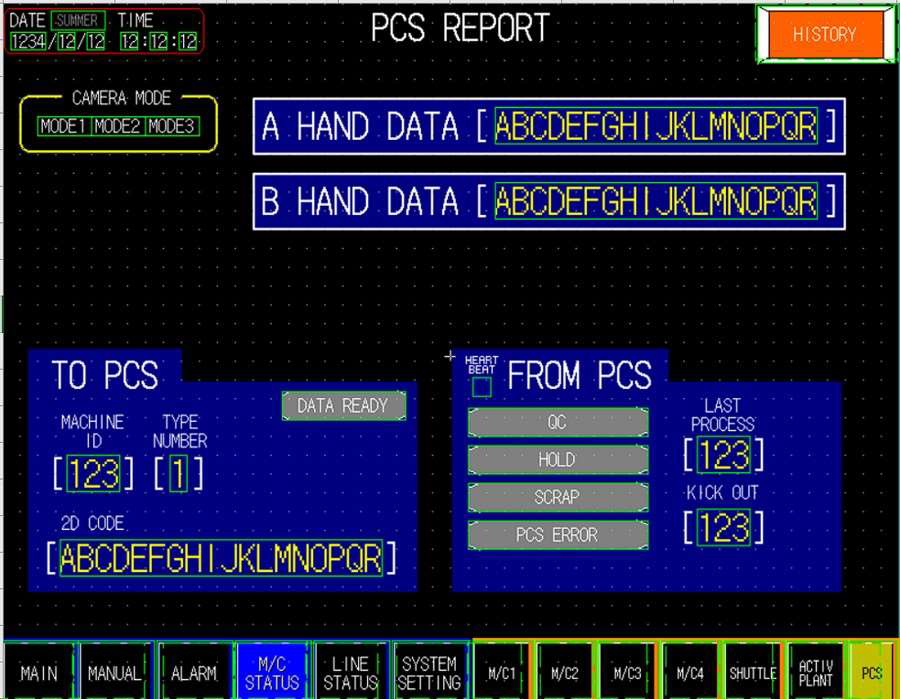
By Jim Hranica, sales engineer, Focus Technology Corp.
No matter if your business is producing 1,000 or 10,000 products a day, the risk attributed to poor quality management remains the same. Having appropriate protocols in place to consistently deliver reliable goods is essential to not just maintaining customer loyalty, but to sustain a business's costs and profits. After all, there are a few things that can impact revenue as much as product quality.
As a business owner, you can invest in the best equipment and support it with talented staff, but if you cannot contain bad parts, you significantly risk increased material, labor, and disposal costs, jeopardize ordered deadlines, and damage customer satisfaction and retention rates.
All of which have heavy effects on your reputation and bottom line. So how does the business go about ensuring that at every stage of the manufacturing process, goods are efficiently monitored for defects without disrupting the line?
Quality control and its impact on the manufacturing process

Quality control is a procedure (or set of procedures) that a company uses to ensure that all end products meet predefined standards and requirements. The process allows businesses to identify product variation and in return rectify production line failures. While no one can guarantee the total elimination of errors, if a supplier can easily capture input and process flow data of individual parts, it can go a long way towards capturing the deficient parts before they are shipped.
Aligning the production process with industry standards comes with its setup of headaches for medium to high volume production parts suppliers, maintaining quality control of an individual part by keeping up with the line’s history of processes can be very labor intensive and slow. This holds especially true when multiple machines (sometimes on multiple stations) perform the same process. If one machine begins producing non-conforming parts, and then these flow down the line with good parts, the impacted quality suspect range of nonconformist parts increases exponentially.
If the raw material is determined to be in nonconformance, then which in-process parts and finished goods are now impacted?
With so many inspection points in qualitative standards camera, how does one go about developing the best quality control system for their business? What real-time monitoring measures can employ prompt and rapid production corrections?
IoT, automation, and serialization systems: getting the most out of your QC plan

An effective way to bolster a QC plan is to leverage IoT integration with a machine’s load/unload automation system to communicate with a PC database and maintain part serialization records and real-time process history. This autonomous communication process provides many levels of tracking and control from simple part history recording to confirming model types’ critical part data storage, hold flags, and more. Through a unique serialization numbering system, such as a barcode or RFID tag (best applied where raw material is produced) the program ALM process gives manufacturers better visibility, reliability, and response to their operations.
This system was successfully integrated by the Honda Motor Company Limited in 2010 into several Honda plants. By installing cameras at key locations on the machine’s automation line.
Sensors gathered and analyzed data by identifying parts as they move down the line. This real-time communication between the process control system and machine controllers was so successful at increasing day-to-day operating efficiency that the system has since been implemented at multiple Honda manufacturing plants using various methods of data capture and data storage and queries.
There are many products and technologies specifically geared towards improving business QC practices. Recognizing each product’s strengths and understanding how they could fill the gaps in your production process can be daunting.
For more information, phone Focus Technology at 800-501-3445.
Related Glossary Terms
- process control
process control
Method of monitoring a process. Relates to electronic hardware and instrumentation used in automated process control. See in-process gaging, inspection; SPC, statistical process control.
- quality assurance ( quality control)
quality assurance ( quality control)
Terms denoting a formal program for monitoring product quality. The denotations are the same, but QC typically connotes a more traditional postmachining inspection system, while QA implies a more comprehensive approach, with emphasis on “total quality,” broad quality principles, statistical process control and other statistical methods.
